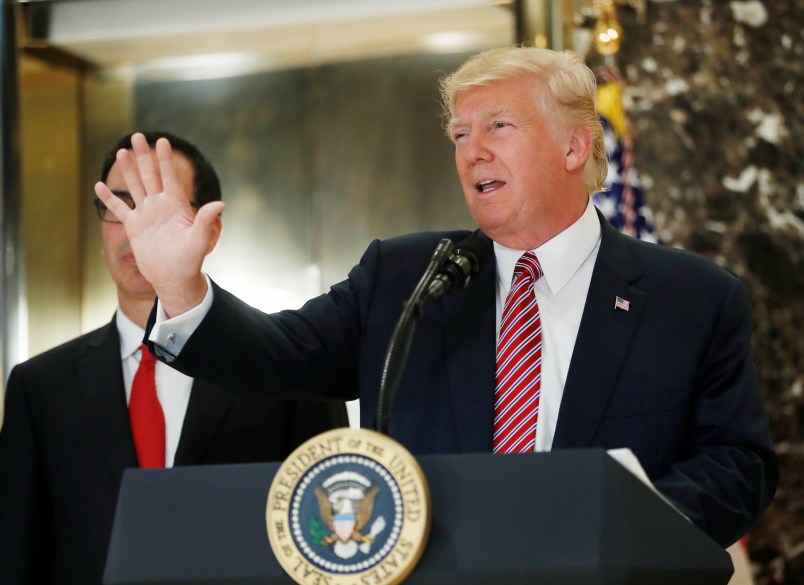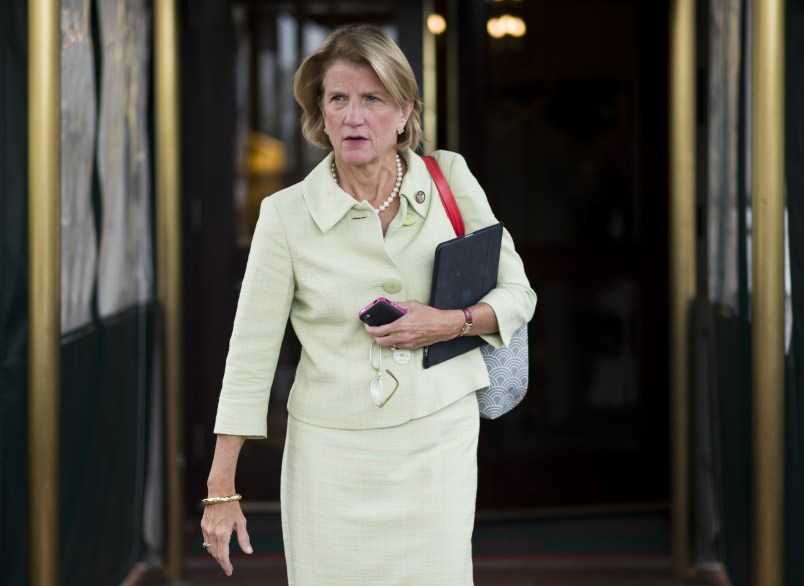Mitt Romney’s performance in the first presidential debate in Denver reset the race against President Obama and turned into a tossup for the first time, according to polls. But with high-quality post-debate data still in relatively short supply, it can be tough to pinpoint exactly what a hypothetical Romney majority would look like on Election Day.
Pollsters who spoke to TPM suggested several emerging themes to watch that could make the difference between a second Obama term and a Romney presidency:
Running Up The Gender Gap
At its most basic, the universe in which Romney’s momentum carries him to victory in enough swing states is similar to the one described by Jonathan Chait in his New York Magazine story at the start of the election, “2012 or Never.” That is, one in which Romney runs up the score with traditionally Republican groups — ie. older white men — just enough to overcome Democrats’ dominant advantage with minority voters.
Limited national polling suggests that Romney has been either narrowing Obama’s lead with women, running up his own with men, or both.
“Across a number of polls if you take a look you’ll see that the gender gap was not as extreme as it was before, or it’s moved more toward Obama has a ‘man problem’ rather than Romney has a ‘female problem,'” Doug Usher, a managing director for Purple Strategies and one of the pollsters for Sen. John Kerry’s 2004 presidential run, told TPM.
Republican pollster Whit Ayres suggested that any changes in that area could be a consequence of gains with independents.
“While they cut across demographic lines, generally independents tend to be younger and more female,” he said.
The Obama campaign’s newest ad is aimed specifically at on-the-fence female voters and highlights Romney’s position on Planned Parenthood funding. Joe Biden also hit Paul Ryan hard on reproductive rights on Thursday, an issue women’s groups were disappointed didn’t come up in the first presidential debate.
Closing The State Gap
There’s currently a slight disconnect between the somewhat scant national polling since the Denver debate and state data. For instance, polls of Ohio from NBC/Marist and CNN showed the race tightening, but Obama still staying over 50 percent among likely voters. Gaps like these are important because Romney needs to win almost every swing state, while Obama only needs to retain a handful.
“In the three states [Marist polled OH, VA and FL after the debate], very few people said that they made up their minds since the first presidential debate,” Dr. Lee Miringoff, director of the Marist Institute for Public Opinion, told TPM. “Romney had the advantage over Obama by about 2 to 1 among those who made up their minds. But as we’ve said in the past, there’s not many undecideds.”
Swing state polls by CBS/NYT, the only other post-debate set by a major national news outlet, also suggested a close but relatively stable race.
Miringoff offered up one possible explanation for why his own data shows swing states remaining close despite a Romney surge. Latino voters, who still favor Obama by 2008 margins or greater, are blunting Romney’s gains elsewhere. Other analysts have suggested that Romney may have unique disadvantages with working class voters in Ohio or that a relentless ad campaign leaves fewer swing state voters open to changing their mind in general.
“The race has clearly become closer, and the first debate did that,” Miringoff said. “So the debate mattered, but it’s not the final event by any means.”
That said, it’s no longer difficult to see how Romney could clear that final hurdle. Ayres hypothesized that the degree of gains Romney’s made nationally already show that the electorate is more fluid than previously thought. Nate Silver has suggested that the cause of the state/national split is still unclear — and it could just mean one is lagging the other. No one knows for sure if Romney is operating at his peak or still trending upward, especially with two debates left.
Psyching Up The Base
If Romney is trying to overwhelm Democrats with white men and if Democrats are trying to overwhelm Romney with women, young voters, and minorities, then the old cliche still holds: it all comes down to turnout.
“If people come out like they did four years ago, Obama’s sitting in very good shape, because he would then have what he had last time with young people, and then add on greater support among Latino voters,” Miringoff said. “But that’s not what’s happening right now. So that’s why the race doesn’t look like it did four years ago.”
National post-debate polls where Romney has looked his best, like Pew and FOX News, show a big uptick in Republican excitement about voting. That will need to continue through to the end for him to build a majority.
“The basic measure to look at for partisans is enthusiasm rather than change in the ballot,” Ayres said. “There’s no question that the first presidential debate amped up Republican enthusiasm and tamped down Democratic enthusiasm.”
The Obama campaign, which benefitted from a fired up and ready to go base in 2008, has invested huge resources into getting its core supporters to the polls in 2012. Polling of early voters in Ohio and absentee ballot numbers in Iowa suggest they may still have an organizational edge in some key states. But GOP officials insist they learned their lesson and have improved their ground game. If their voters truly have an attitude advantage through the rest of the election, it may be enough to make the electorate look enough like 2010, instead of 2008, for Romney to prevail.









